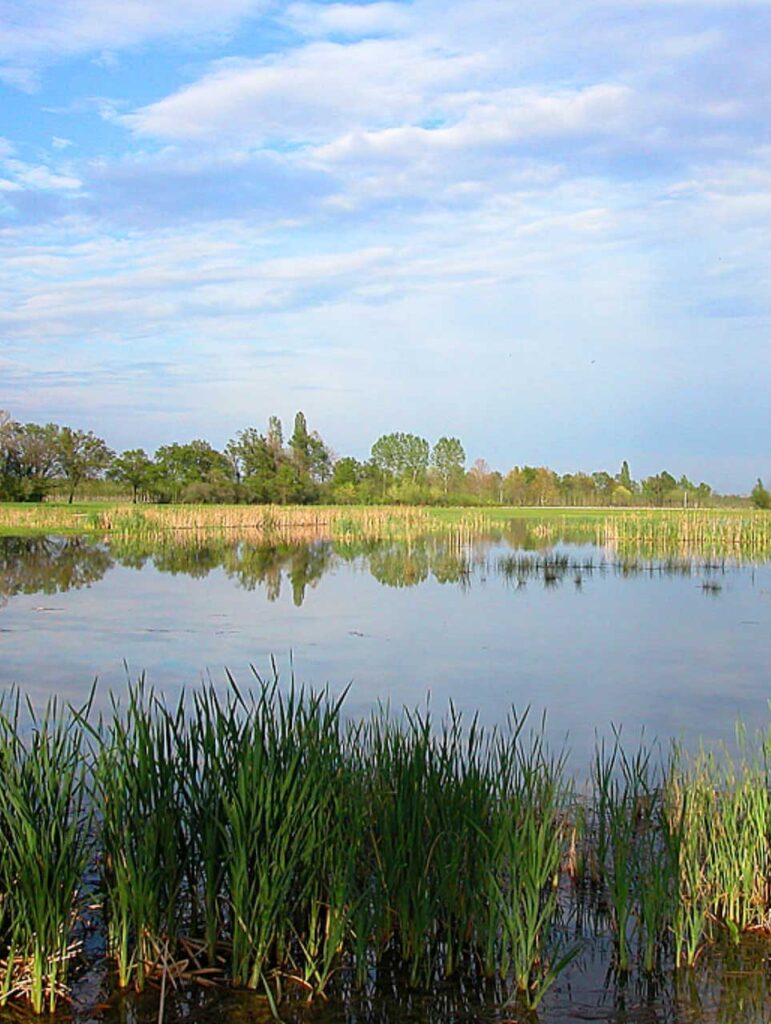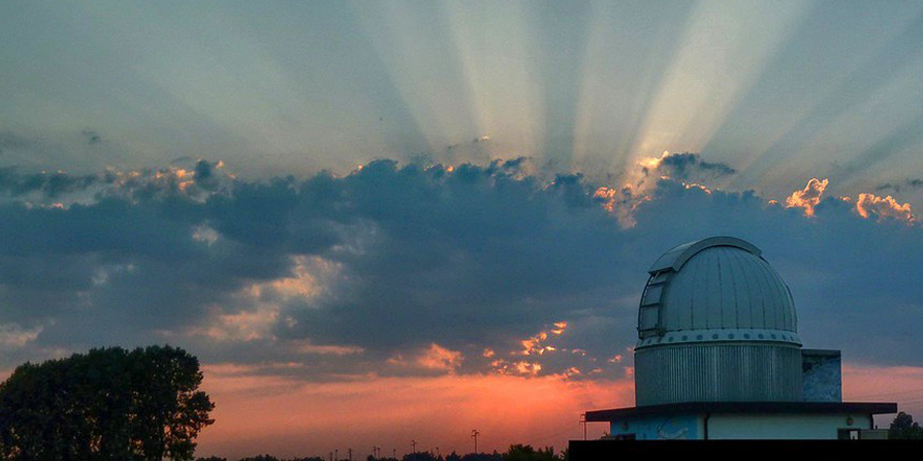
Talmassons
An itinerary among stars and waters
Talmassons is a center of agricultural and artisan tradition, located in the center of a plain rich in spring waters, called “Middle Friuli”, which is characterized by the typical rural peculiarities of Friuli and itineraries allowing to admire its landscape, the flowing waterways and the stars, thanks to the presence of an astronomical observatory.
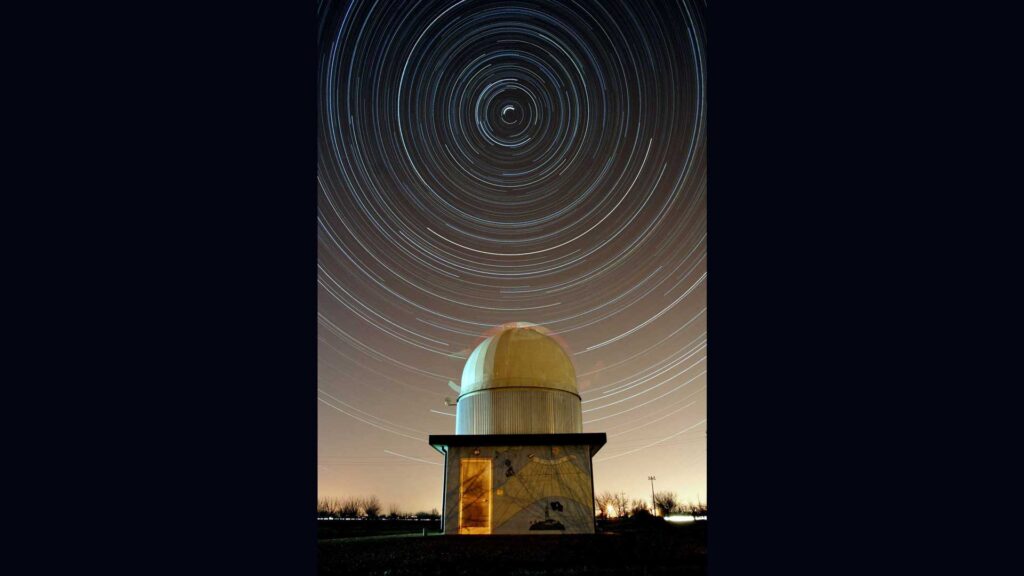
Astronomical Observatory
The astronomical observatory, built by the members of the CAST (amateur astronomers circle) of Talmassons, was inaugurated in August 2001 in the presence of the astrophysicist Margherita Hack. The structure is equipped with a rotating dome and a specific telescope for observing the sun. It opens to the public once a month, usually on Fridays during the First Quarter Moon. The renovation works of the external area were carried out thanks to municipal funds and the European Interreg SkyScape project, a project financed by the European Commission as part of the Interreg V-A Italy-Austria 2014-2020 cross-border cooperation program, within Axis 2 – Nature and Culture involving the development of the natural and cultural heritage present in the area.
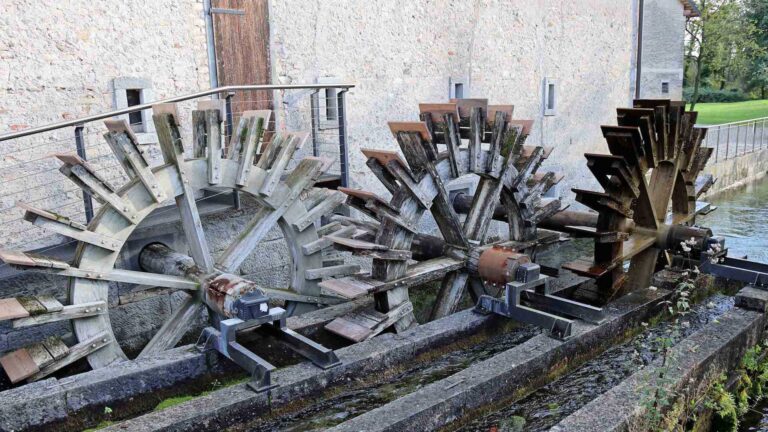
Mulino Braida – mill
The Braida mill is a visit and event center of Friuli Venezia-Giulia run by the municipality of Talmassons, where you will find exhibits of rural culture and information about the Friuli resurgences system. Mulino Braida is the starting point for visits to the Flambro springs biotope, an area rich in biodiversity where Armeria helodes, an endemic and very rare plant, is found along with flora and fauna typical of wetlands. The place is moreover particularly suitable for stargazing.
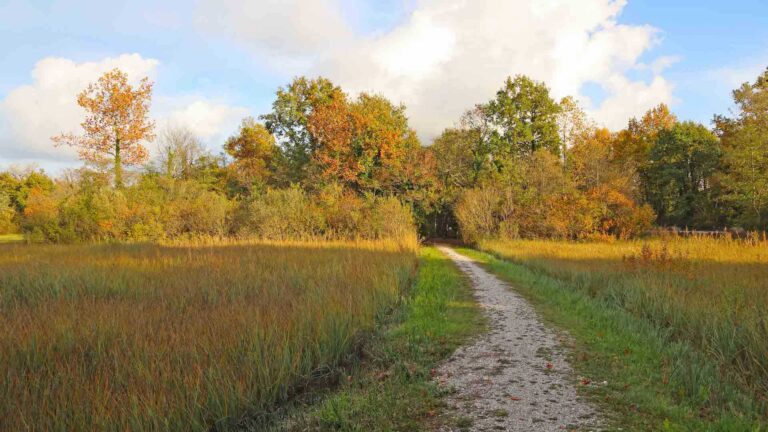
Mulino Braida loop trail
After visiting the mill, it is recommended to walk the scenic loop trail that starts near the mill and provides an insight into the rare and unique environments of the resurgences. As many as 5 endemic species are found in the Friuli resurgences, making the area of high naturalistic value in Europe. A plant is endemic if it exists naturally only in one geographic place.
The pleasure of stopping by
Start now by clicking on the map
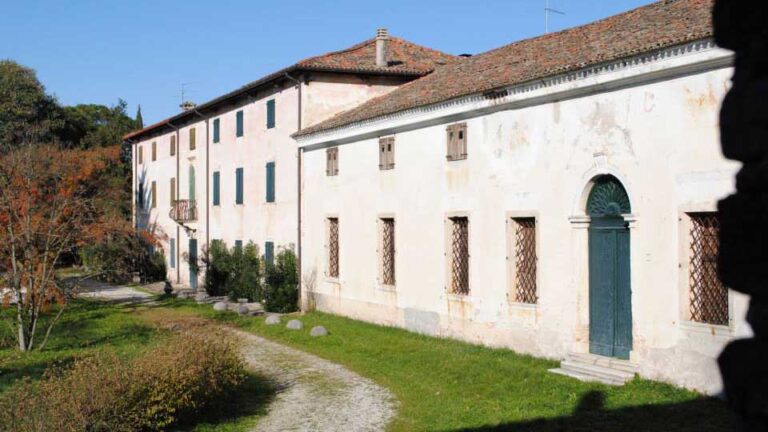
Villa Savorgnan
A part of the rural building belonging to the villa complex, which also includes the valuable tower with its portico, is called “duty gate”. This is the oldest (16th century) part of the complex, where the old drying rooms are still preserved. In fact, the villa of Flambro served as a collection center for all the Friulian jurisdictions and it was the starting point for goods shipments occurring from Latisana or Portogruaro to Venice.
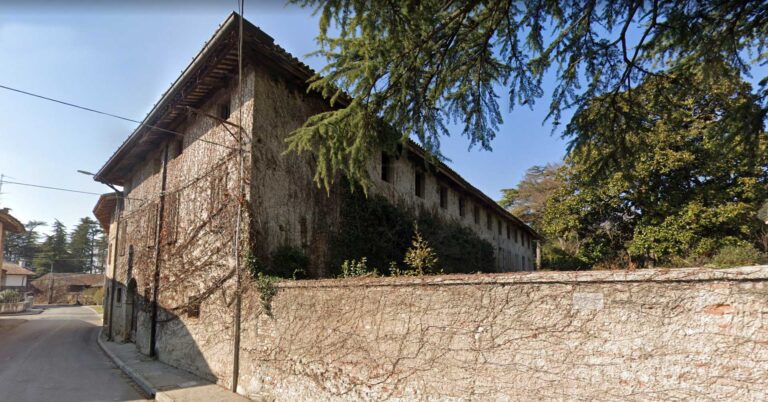
Villa Mangilli
Villa Mangilli dates back to the 19th century; occupied by military troops during the Great War (1915-1918) and looted several times, the building has lost much of its splendor. Currently the manor complex consists of buildings organized around a courtyard. At the rear of the Villa, there is a large and beautiful park.
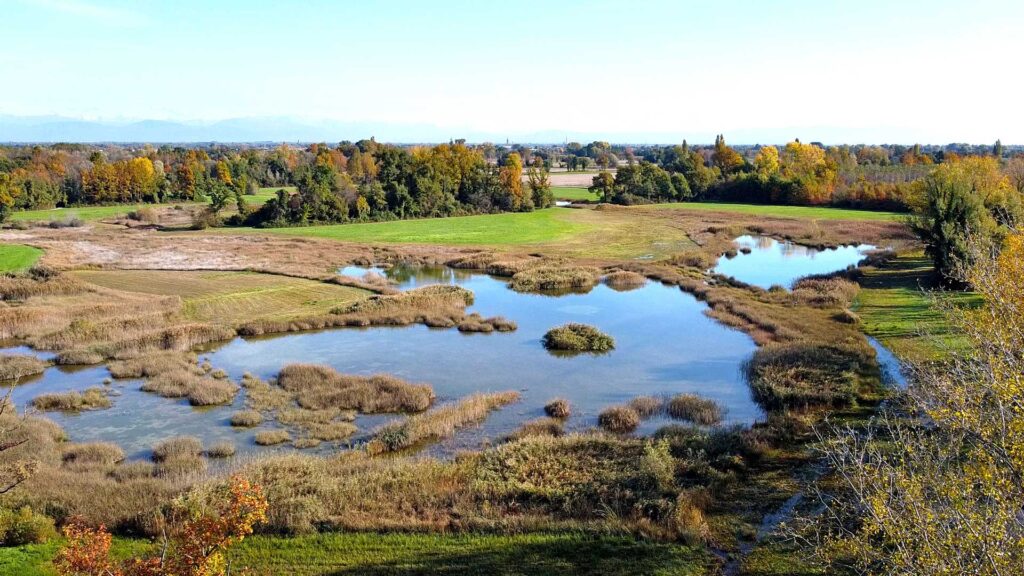
Risorgive di Flambro biotope
The Flambro springs biotope covers 73 hectares and was established in 1998. It falls completely within the municipality of Talmassons, and it is adjacent to the Virco Resurgences biotope with which it was once one from an ecological point of view. The area lies just below the line of the springs: the abundance of water has overtime generated a rich network of surface water and a system of wet habitats. Habitats typical of the Friuli springs system are present, and at times very widespread.
Cladium beds are found around the pools and most saturated areas, and there are low alkaline fens dominated by Sehoenus nigricans and rich in endemisms; wet meadows dominated by Molinia caerulea are rare, being the first to be transformed into cultivated land. ln some areas Bromus grasslands are still present: this habitat extends in the upper areas or those better drained, owing to the graveI subsoil. There are also edge strips of wooded areas, dominated by black alder, created fairly recently. The agricultural landscape surrounding the area has in some cases kept its traditional layout of enclosed fields. In the heart of the biotope there is a very varied and well-protected environmental system. Over the last years, management and restoration work has been carried out in formerly cultivated areas. These are concentrated in the Mulino (mill) area; the goal is to extend the natural habitats and protect the heart of the biotope.
Journey among the historical and sacred monuments of the territory.
Stay, and discover them all.
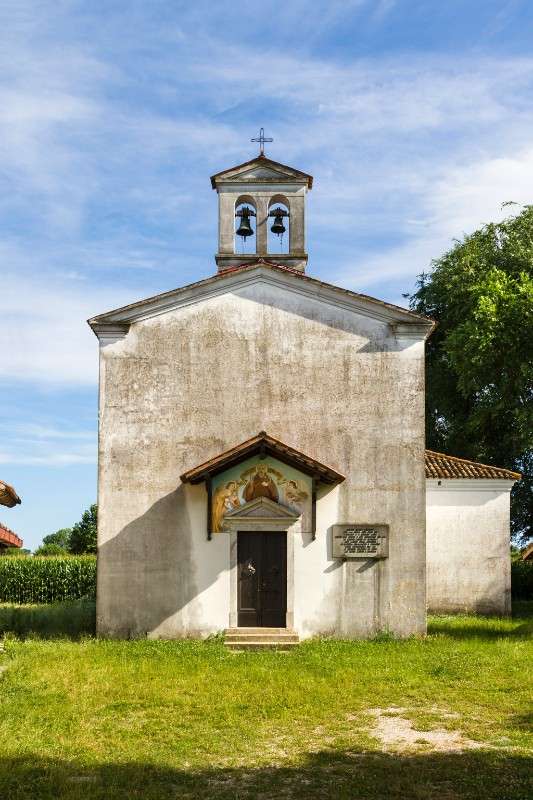
Chiesa Campestre of Sant’Antonio – country church
A small country church dedicated to Sant’Antonio protettore di animali – ‘protector of animals’; the church was built on a Roman settlement, traces of which have been found in the ground around the building. The church dates back to the 18th century. The building has a cross-ribbed rectangular hall and its façade is characterized by a small roof over the entrance door. Votive offerings are preserved to honor the cult of the saint.
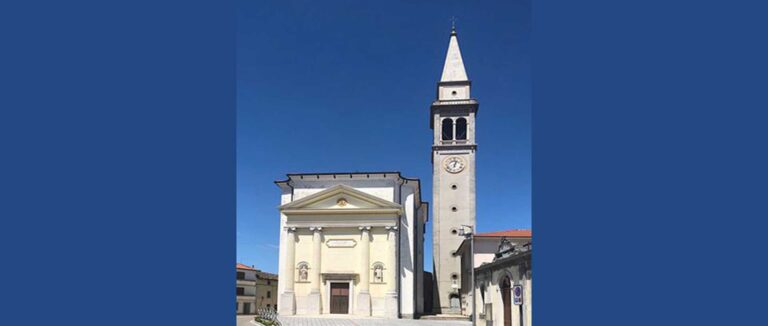
Chiesa di San Lorenzo Martire
The church of San Lorenzo Martire was built in 1783 and consecrated in 1821. It contains frescoes by Rocco Pitacco, dated 1850, which depict some famous facts about the Church of Aquileia. The side altars were brought from the Church of S. Pietro Martire in Udine and date back to the 16th-century. These altars with their precious ornaments were probably created by Bernardino da Bissone. In 1952, Ernesto Mitri created the altarpiece depicting the martyrdom of San Lorenzo.
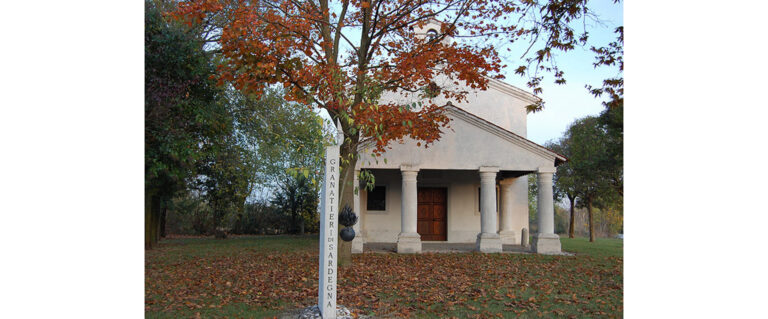
Chiesa di San Giovanni Battista
The name and geographical position on the ancient road known as ‘Stradalta’ lead one to suppose the church could be of Lombard origin. Throughout the Middle Ages, the small church was being used for worship, as evidenced by pastoral visits. Then it was destroyed at an unspecified date, and abandoned after the year 1805. Its reconstruction started on May 20th, 1827 with the laying of its first foundation stone. In 1917, during the Battle of Flambro, the church was home to the wounded grenadiers.

